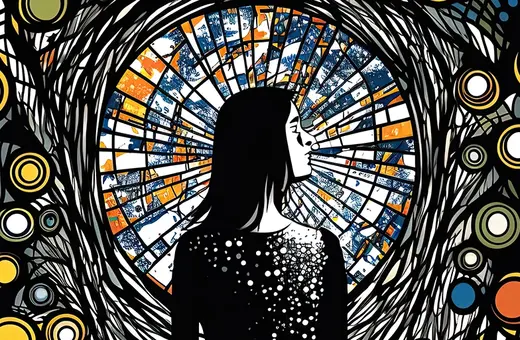A single man, alone, against a column of Chinese tanks. The Stars ‘n’ Stripes half-raised above Iwo Jima. Phan Thj Kim Phuc running in fear ahead of American GIs in Vietnam. Sometimes a photo captures a single moment and becomes timeless.
Aylan Kurdi’s limp body, carried from the Greek beach where he was washed up, is the latest in the pantheon of photos that cut through the general fog of distance and apathy with an edge sharper than any statistic. The family’s story is now as familiar as it has remained upsetting. Fleeing Kobane in Syria, and making for Greece, Aylan drowned with his brother Galip and mother Rehan when their boat capsized in the open sea. Their tragedy has become the singular icon of the worst refugee crisis since the Second World War.
British newspapers almost didn’t print it. When they did, according to Getty, they broke a “social taboo that has been in place in the press for decades: a picture of a dead child is one of the golden rules of what you never publish.” Why? Children die and suffer in conflict, and have suffered and died in Syria and Iraq. What made the photo of Aylan different? Why did newspapers break their own golden rule?
Newspapers printed it and channels broadcast it because the picture was already out there. Before any professional journalist or editor had made the call, it was already sweeping through social media. “We got to this point”, continued the spokesman from Getty, “because individuals have had the balls to publish the pictures themselves on social media. I think that gave the mainstream media the courage and the conviction to publish this picture.”
Social media has been steadily creeping into public life for years, but the refugee crisis is a singular breakthrough moment in its role in public life. Angry and horrified, people used their powerful new armory of digital tools to make their voices heard. Over several weeks, from hashflags and hashtags to online groups and petitions, the online conversation kept building. Hundreds of thousands of tweets appeared, criticism and abuse was thrown at Government ministers, people spontaneously set up groups and initiatives to send whatever help they practically could, and close to a million signatures amassed across a flurry of online petitions. And, of course, they started sharing the picture of Aylan.
As they did so, mainstream media reacted. The coverage flipped, from stories of holiday makers’ disruption in Calais, to a full-blown presentation of the human misery and tragedy of the mass migration of hundreds of thousands of people. Eventually the Government took an action they have not done before – they said they’d take 4,000 more refugees. It wasn’t much, but it was something.
This is the strongest example yet of a new principle is creeping into journalism: what is being shared on social media is, by definition, newsworthy. Outlets like Buzzfeed and BBC Trending have been set up explicitly dedicated to this premise, but it is more widely at work throughout our press and broadcasters. With social media use continuing to grow, the trends, surges and virals these platforms create are only going to become more influential in the years ahead, bursting onto the news and into print with ever greater frequency. And as they do this, they will also impact public decision-making, sometimes causing public policy to bend and shift depending on the questions that Ministers are asked and the pressures that they feel.















Join the conversation